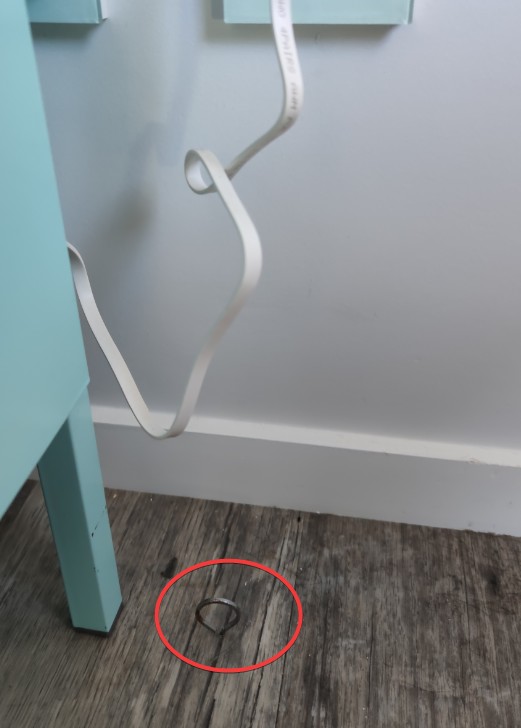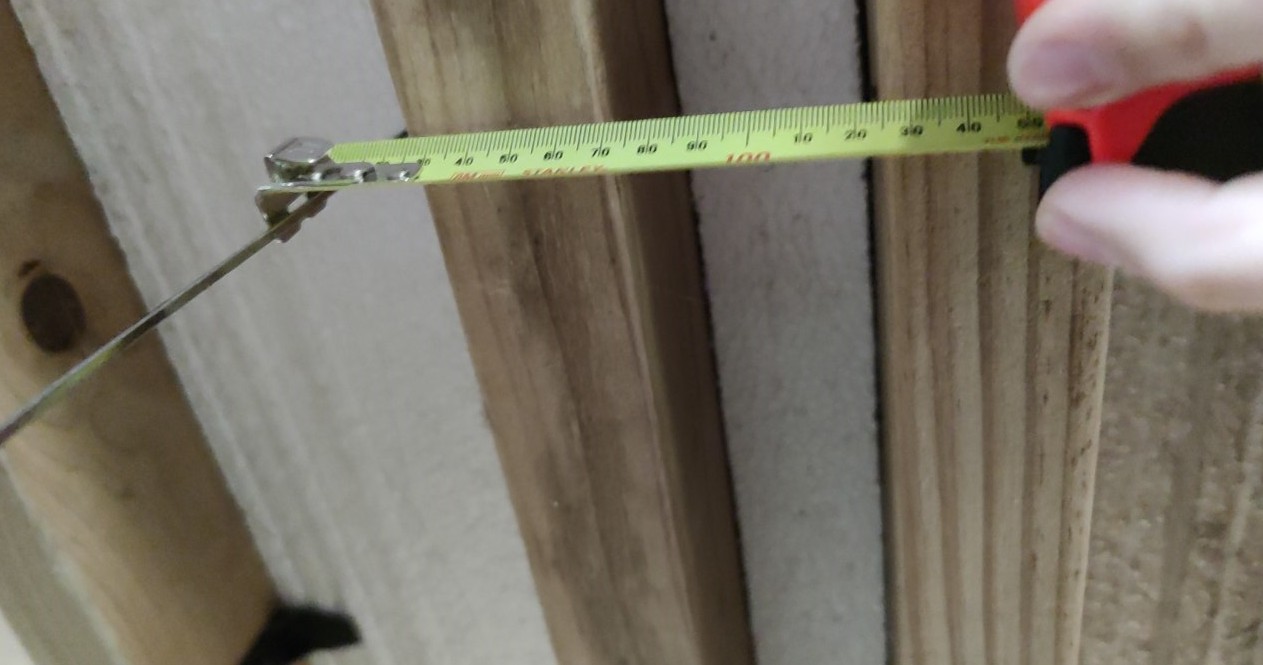|
|
|
chevrolux:
Professionally, I would have just pulled the flush box and drilled down with an appropriately long drill bit. Mostly just a 300mm with 300mm extension was more than adequate.
Done this 100's of times myself, flush boxes are relativity easy to remove if either screwed or nailed in.
Other option is to put a nail in the floor where the skirting board meets the floor (not all the way in so you can get it out), then go under the house and hammer the likely nail back up, verify it's the same nail, then make some measurements and drill from below
Remove the XPOL from between the three joists, one will have a bottom plate there and that is the one to drill through, the other should have the wooden floor boards / panelling. Drill up from the bottom plate.
depending on the flush box, there are some that you would not be able to remove, so if you have one of those it would require a big chunk of Jib to come off.
In a previous job we used to have flexible drill bits, about 1.5M long, they were great for drilling through a wall cavity and running cables.
Something like this may help but I suspect a bit short. https://www.bunnings.co.nz/ryobi-280mm-flexible-drill-extension-bar_p0056800
You might have to spend a bit of money but the right tool for the job will save hours in time, days and months in procrastination.
Maybe try an electrical wholesaler for flexible drill bits.
John
I know enough to be dangerous
tchart:Anybody have any better suggestions?
If you just need to locate the point through the thickness of floor boards/particle board you could get fairly close with a small radiation source on one side and and a geiger counter on the other. If you're in Auckland, PM me.
Just coming back to this. Thanks for all the suggestions (esp @mdf @Dynamic @froob @andrewNZ)
Heres what I ended up doing.
Drilled a very small hole in the floor 10cm away from the GIB. Then pushed through a BBQ kebab skewer.

Under the house located said skewer and measured in other direction (plus some to get inside the wall cavity). Removed skewer and filled hole with some wax.

Drilled upwards through floor - not through joist :)
Fed cable up through hole and to the flush box.
Done!
Nice work. With that sort of setup you can likely pop the insulation down and look for fixings protruding down to work out where the walls are. Those that aren't directly over floor joists anyway.
andrewNZ: I'd just like to point out to anyone reading, that you can't have electrical wiring touching polystyrene.
Polystyrene reacts with the insulation of regular home wiring and the wire insulation melts off.
There are exceptions, but your house won't be one of them.
I don't know if network cable insulation is the same, I suspect not.
Interesting, I did not know that!
I removed a small square from the insulation in order to drill the hole (used a 22mm bit) so the cable isnt in contact with any polystyrene.
|
|
|
